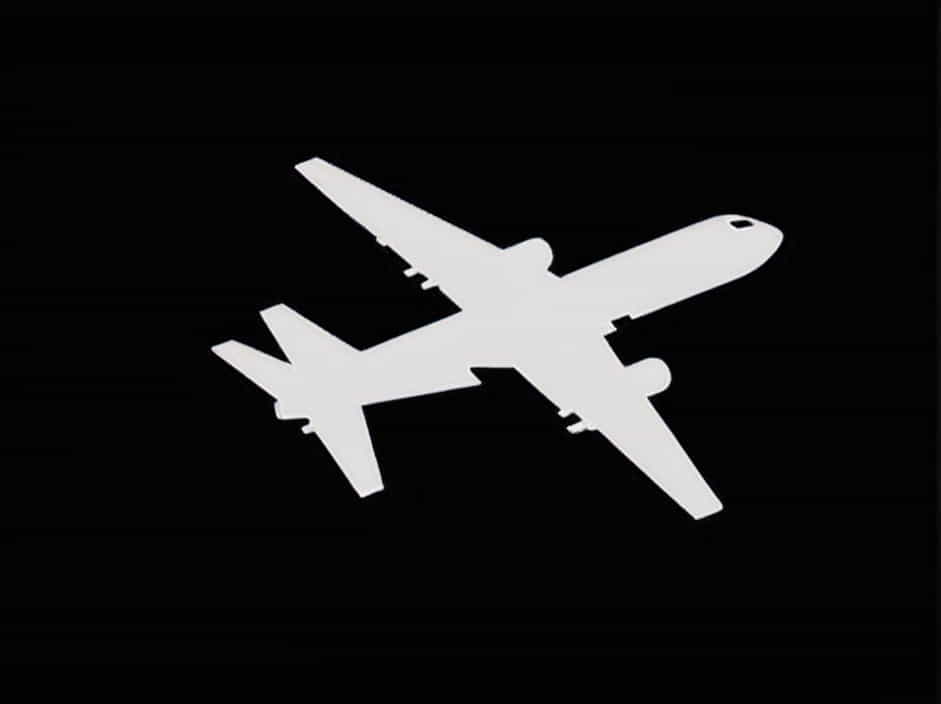The human body is often divided into different sections using anatomical planes. These planes help in understanding body movements, medical imaging, and surgical procedures. One of the most important planes is the coronal plane, also known as the frontal plane.
This topic will explore what the coronal plane is, how it functions in anatomy, and why it is important in medicine, fitness, and biomechanics.
What Is the Coronal Plane?
Definition of the Coronal Plane
The coronal plane is an imaginary vertical plane that divides the body into front (anterior) and back (posterior) sections. It runs from side to side, cutting the body into two symmetrical halves.
This plane is used in anatomy to describe movements, medical procedures, and imaging techniques such as X-rays, MRIs, and CT scans.
Why Is It Called the Coronal Plane?
The term “coronal” comes from the Latin word “corona,” meaning crown. This is because the plane passes through the crown of the head, dividing the body into front and back sections.
It is also known as the frontal plane since it separates the front of the body from the back.
Comparison of Anatomical Planes
To fully understand the coronal plane, it is useful to compare it with other anatomical planes used in medicine and fitness.
1. Coronal (Frontal) Plane
- Divides the body into front and back.
- Movements along this plane include side-to-side motions.
- Examples: Jumping jacks, side lunges, lateral arm raises.
2. Sagittal Plane
- Divides the body into left and right sections.
- Movements in this plane include forward and backward motions.
- Examples: Running, squats, bicep curls.
3. Transverse Plane
- Divides the body into top and bottom halves.
- Movements include rotational and twisting motions.
- Examples: Russian twists, golf swings, turning the head.
Each anatomical plane is essential for understanding movement, diagnosing injuries, and planning medical procedures.
Movements in the Coronal Plane
The coronal plane is important for describing specific body movements. These movements occur from side to side rather than forward or rotationally.
1. Abduction and Adduction
- Abduction: Moving a body part away from the midline.
- Example: Raising the arms or legs sideways.
- Adduction: Moving a body part toward the midline.
- Example: Bringing the arms or legs back to the body.
2. Lateral Flexion
- Bending the spine or neck sideways.
- Example: Tilting the head toward the shoulder or bending the torso sideways.
3. Elevation and Depression
- Elevation: Raising a body part.
- Example: Shrugging the shoulders upward.
- Depression: Lowering a body part.
- Example: Relaxing the shoulders after a shrug.
These coronal plane movements are commonly used in sports, rehabilitation, and strength training.
Importance of the Coronal Plane in Medicine
1. Medical Imaging and Diagnosis
- X-rays, MRIs, and CT scans often use the coronal plane to provide a clear view of internal structures.
- It helps in diagnosing spinal alignment, joint conditions, and organ abnormalities.
2. Surgery and Medical Procedures
- Surgeons use the coronal plane to plan procedures involving the spine, chest, and face.
- It ensures precision when making incisions or performing reconstructions.
3. Physical Therapy and Rehabilitation
- Many rehabilitation exercises involve movements in the coronal plane.
- Therapists focus on side-to-side motions to improve balance, coordination, and strength.
The coronal plane is essential for understanding human anatomy and medical treatment.
Coronal Plane Exercises for Strength and Flexibility
Training in different planes of motion helps improve strength, mobility, and injury prevention. Here are some effective coronal plane exercises:
1. Lateral Lunges
- Step sideways and bend one knee while keeping the other leg straight.
- Works the glutes, quads, and inner thighs.
2. Side Leg Raises
- Lift one leg sideways while keeping the body stable.
- Strengthens the hip abductors and glute muscles.
3. Side Plank
- Hold a plank position while supporting the body on one arm and the side of one foot.
- Builds core stability and oblique strength.
4. Lateral Shoulder Raises
- Lift dumbbells sideways until arms are at shoulder height.
- Targets the deltoid muscles.
5. Jumping Jacks
- A full-body exercise that involves lateral arm and leg movement.
- Improves cardiovascular endurance and coordination.
Incorporating these coronal plane exercises into a fitness routine can enhance movement efficiency and prevent imbalances.
Common Injuries Related to the Coronal Plane
Injuries can occur when movements in the coronal plane are performed incorrectly or when muscle imbalances exist. Some common injuries include:
1. Ankle Sprains
- Sudden side-to-side movement can cause ligament damage.
- Often seen in sports like basketball, soccer, and tennis.
2. Hip Abductor Strain
- Overuse of the side leg muscles can lead to strain.
- Common in activities requiring side lunges and lateral movements.
3. Shoulder Impingement
- Repeated lateral shoulder raises without proper form can cause shoulder pain.
- Often seen in weightlifters and swimmers.
4. Lower Back Pain
- Weak oblique muscles and improper lateral bending can lead to spinal discomfort.
- Strengthening the core and lower back can help prevent pain.
By practicing correct movement patterns and warming up properly, the risk of coronal plane injuries can be reduced.
The coronal plane, also known as the frontal plane, plays a crucial role in human movement, medical imaging, and physical therapy. It divides the body into front and back sections, allowing for side-to-side motions like abduction, adduction, and lateral flexion.
Understanding the coronal plane is essential for medical professionals, athletes, and fitness enthusiasts. By incorporating proper exercises, maintaining good posture, and preventing injuries, individuals can improve body awareness, flexibility, and overall movement efficiency.
